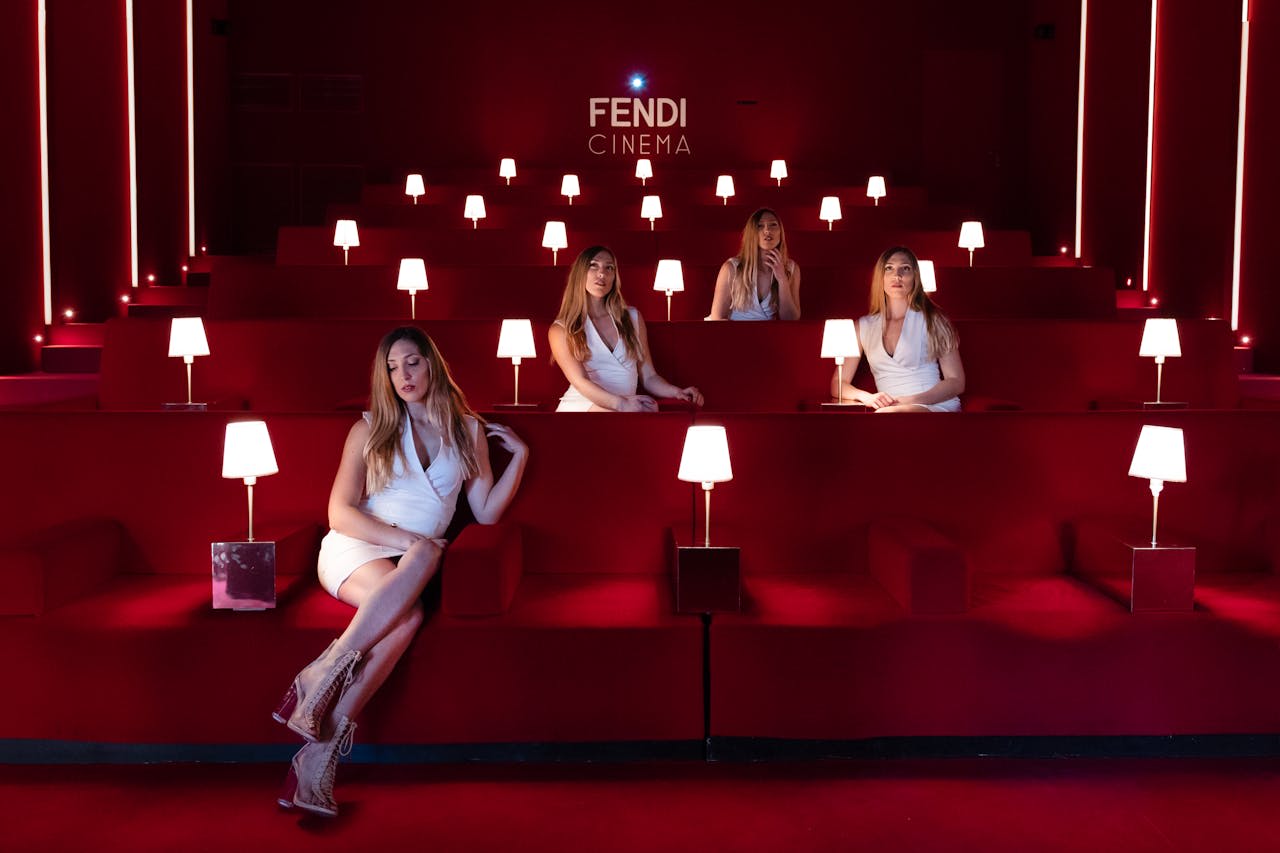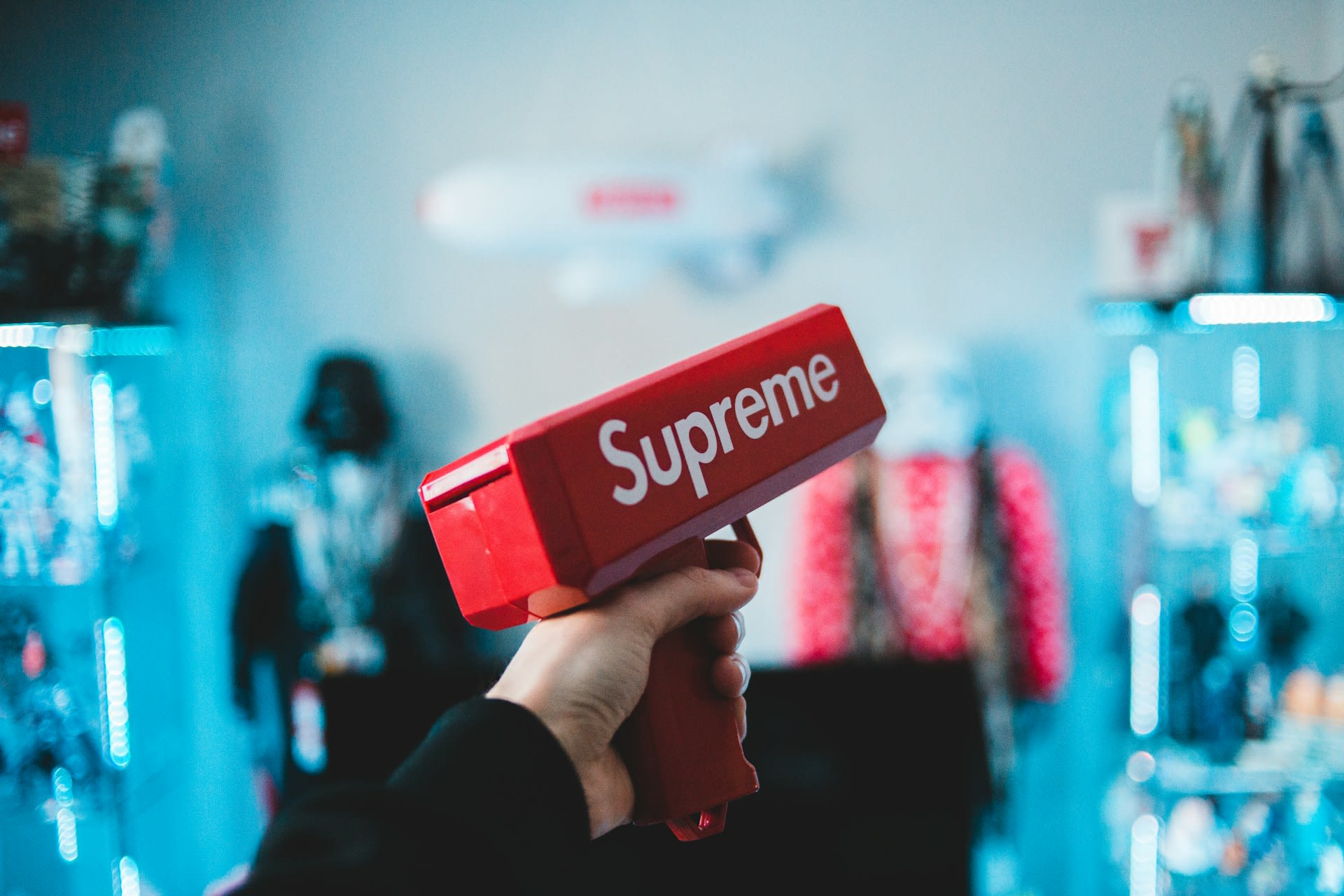
Experiential marketing isn’t just a trend. It’s the standard for New York City events. Today’s event attendees aren’t looking for another logo wall or branded giveaway. You need to make them feel emotionally connected. That’s what immersive brand moments do. They create meaning. They spark conversation. They move people to action. These types of immersive experiences are popular throughout New York City.
What Experiential Marketing Actually Means (And What It Doesn’t)
Let’s clear something up: experiential marketing isn’t just a buzzword for “cool stuff.” It’s a strategy. At its core, experiential marketing is about connecting audiences to a brand or message through experience. That might mean interaction, immersion, and personalization. But the experience has to be intentional.
It’s not:
-
- Branded banner
- Table of swag
- Basic photo booth
- Background entertainment
It is:
-
- Sensory, interactive journey
- Hands-on opportunity to try, feel, or shape something
- Memory your audience carries with them
- Story that aligns with your brand’s purpose
Start With Emotion, Not Logistics
Before you talk about activations or installations, ask one big question: What do I want people to feel when they leave this event? The emotion drives the experience. Are you trying to create awe? Excitement? Belonging? Intimacy? Joy? Gratitude? Everything you design should support that. Experiential marketing works best when it leads with the heart. It’s not about showing off your brand. It’s about giving your audience a moment they’ll never forget and letting your brand live inside that moment.
Examples of Experiential NYC Events Done Right
If you’re looking for inspiration, here’s what real-world experiential moments look like:
1. Interactive Tech Walls
At a fintech event, guests were invited to touch a motion-activated wall that showed their “financial persona” with animation and messaging. It was fun, fast, and instantly shareable.
2. Scent and Sound Tunnels
A wellness brand created a walk-through tunnel that paired essential oils with audio affirmations. Guests emerged calmer and primed to learn about the product line.
3. Build-Your-Own Product Labs
At a cosmetics conference, attendees could create a custom lip color on the spot—then wear it the rest of the day, packaged in a tube with their name. This personalizes event swag.
4. 360 Video Story Booths
A nonprofit activation had guests record a message about what the cause meant to them, then edit it into a social-ready montage they could share within the hour.
The best part? These experiences feel bespoke, even when built to scale.
Don’t Just Activate: Tell a Story
Immersive experiences without a narrative can fall flat. A giant LED tunnel looks cool, but if it doesn’t say anything about the brand or the audience, it becomes just… noise. Your experiential moment should support a larger message.
Here’s how to build that story:
-
- Beginning: Where does the guest enter the story? How are they welcomed?
- Middle: What do they interact with or uncover? What do they learn?
- End: How do they leave changed? What’s the takeaway or call to action?
Tie your physical space to your messaging. Align your entertainment with your campaign goals. Let the whole experience feel like one unfolding idea, not a bunch of scattered parts.

Design for Participation, Not Just Aesthetics
We get it. Everything has to look incredible. But “Instagrammable” doesn’t mean anything if the experience is boring or disconnected. Experiential marketing is participatory. Your guests should be doing something, even if it’s just choosing their journey, customizing their take-home, or engaging with a performer.
Participation ideas:
-
- Write a word on a wall
- Scan a QR code that triggers a response
- Vote on what happens next
- Help build a collective art piece
- Choose between multiple storylines or zones
The more agency your guests have, the more engaged they become and the more memorable the experience feels.
Use Technology to Deepen Connection (Not Distract)
Tech, for the sake of tech, falls flat. But when it serves the story, it creates something unforgettable.
Smart experiential tech includes:
-
- AR filters that reveal hidden brand messages or next steps
- RFID badges that personalize lighting, sound, or screen content when guests enter
- Projection mapping that transforms ordinary spaces into dynamic brand environments
- Live social feeds that showcase user-generated content in real time
- Touchless experiences that still feel personal and premium
Technology should enhance the emotional arc, not replace it. Use it thoughtfully.
Don’t Forget the Quiet Moments
Immersive doesn’t always mean loud. In fact, some of the most impactful brand experiences are slow, subtle, or introspective. Balance your energy. Give your audience moments to absorb, reflect, and re-engage. It’s part of the full arc.
Measure the Impact (Not Just the Clicks)
So, how do you know your experiential strategy worked? It’s more than just foot traffic or social shares, though those matter. Look at the depth of engagement.
Smart metrics include:
-
- Time spent in the activation
- Number of personal shares or uploads
- Opt-ins, sign-ups, or QR code scans
- Direct mentions in social copy
- Brand recall in post-event surveys
- Conversations or conversions driven by the moment
Work with your data team or vendors to build in tracking and feedback tools. Every interaction is an opportunity to learn and improve.
Work With Experts Who Know the Landscape
Here’s the truth: experiential marketing isn’t something you throw together. It’s choreography. Production. Emotion. Logistics. Tech. Talent. Flow
And if you’re planning a corporate event, a conference, or a brand activation in a city like NYC, the expectations are sky-high. That’s why smart planners collaborate with creative teams who specialize in this work. People who know how to pull off immersive moments that deliver both wow and ROI. If you’re looking for those people, you’ll find them in one place this year.
Go All In on Experiential Strategy At The Event Planner Expo 2025
If this is the kind of strategy you’re ready to explore, design, and showcase, then you need to be at The Event Planner Expo 2025 this October in NYC.
This is where thousands of event professionals, creative producers, corporate buyers, and marketing teams gather to connect, collaborate, and raise the bar on experience design. Then grab your All Access ticket and get in the rooms where it all happens.
Get your All Access ticket to The Event Planner Expo 2025 before they sell out.
















